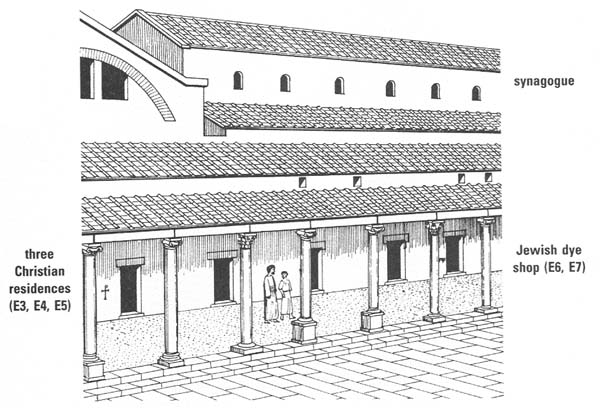A Day in the Life of Sardis
Sidebar to: Multiculturalism at Sardis

Whatever caused the fiery destruction of Sardis in 640 C.E. came with little warning. Coins trail from the center of shop E8 to the doorway, marking a hasty flight. But no skeletons lie among the shops’ many abandoned objects, which all bear witness to life at that time, not death. Lamps, pottery and coins, undisturbed for centuries, provide archaeologists with a rare wealth of information to reconstruct the daily lives of the people who had left them behind.
Some people lived in the shops, probably in the upper stories. Most of the shops, however, were retail establishments, such as the hardware store and the dye shops. Their employees probably lived nearby and worked from sunrise to sunset, which meant long days in the summer and short days in the winter.

The hardware store’s 127 bronze and iron locks and the over one thousand windowpanes in the glassware shop could not have been made on site, since the fire used in their production would have been too dangerous to have in the city’s center. The dye shops and restaurants, however, made their products on the premises.
Already a library member? Log in here.
Institution user? Log in with your IP address.

